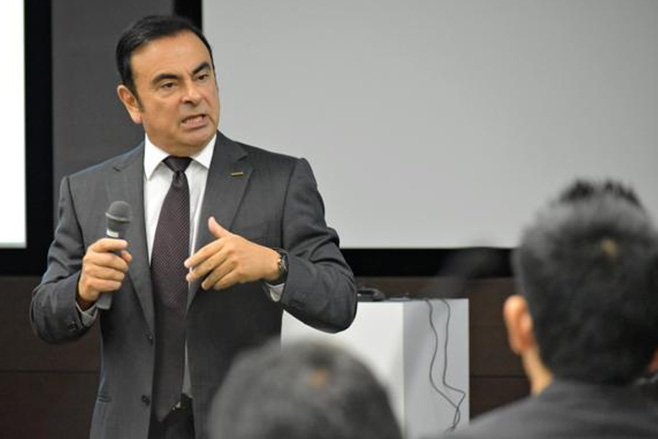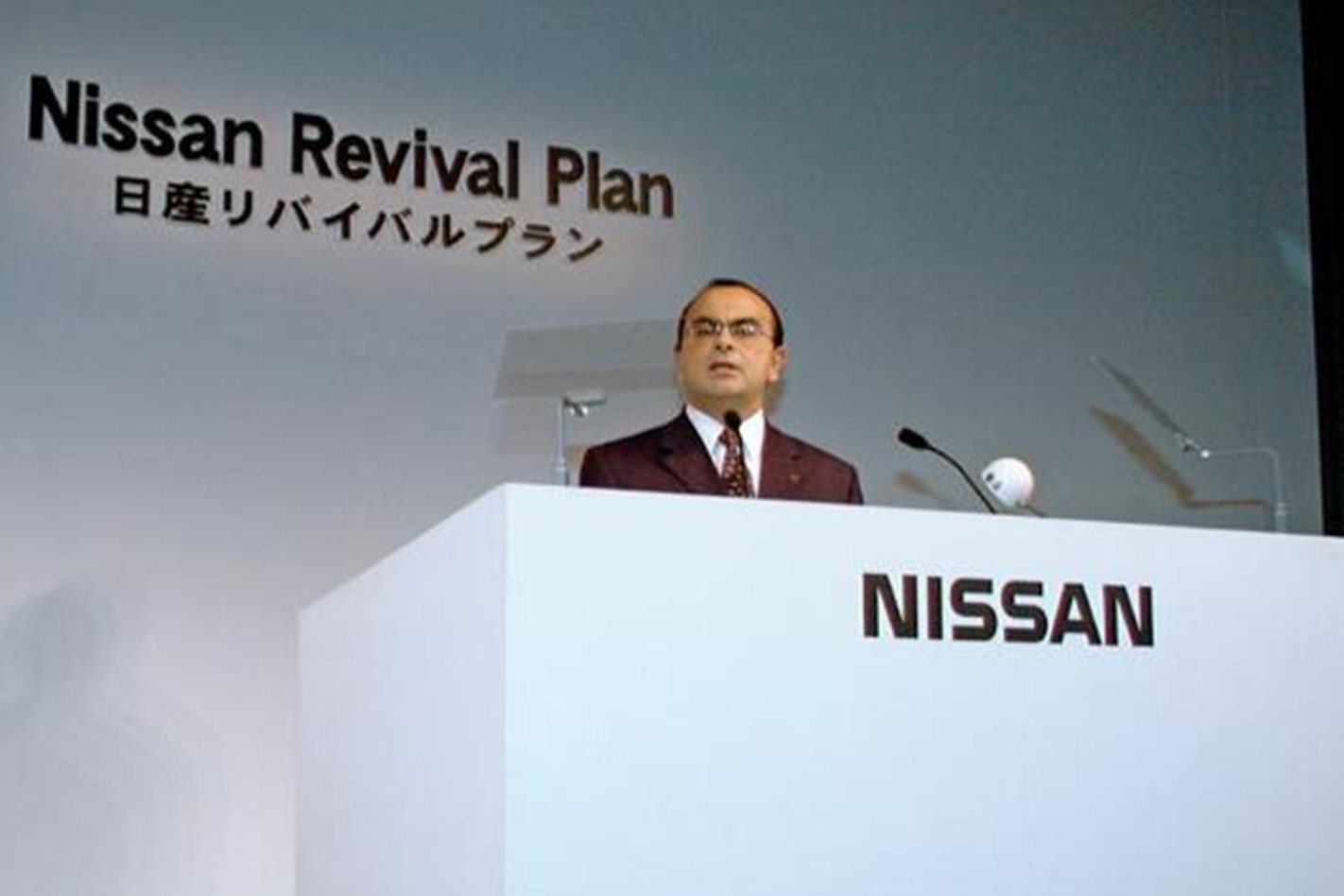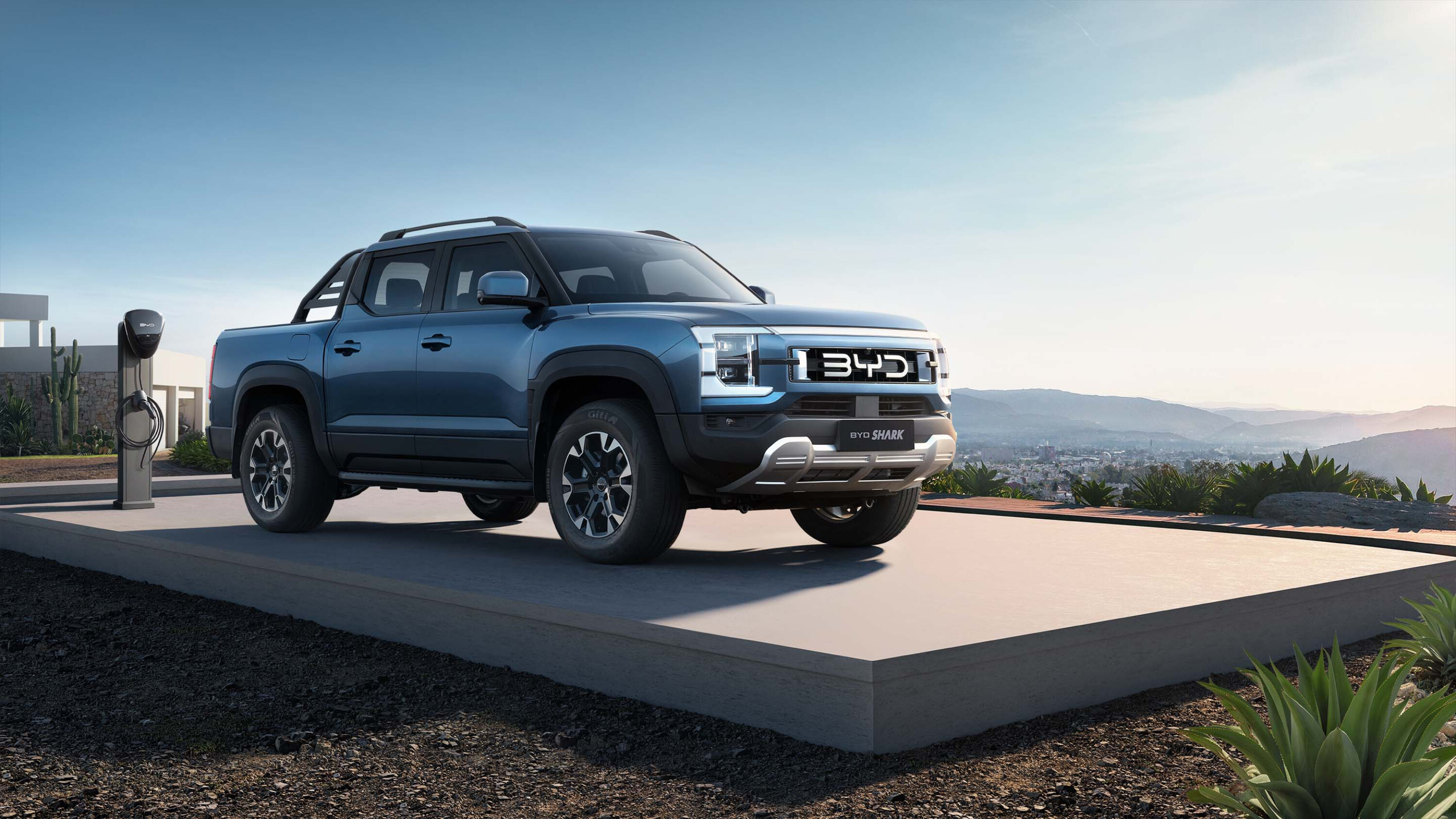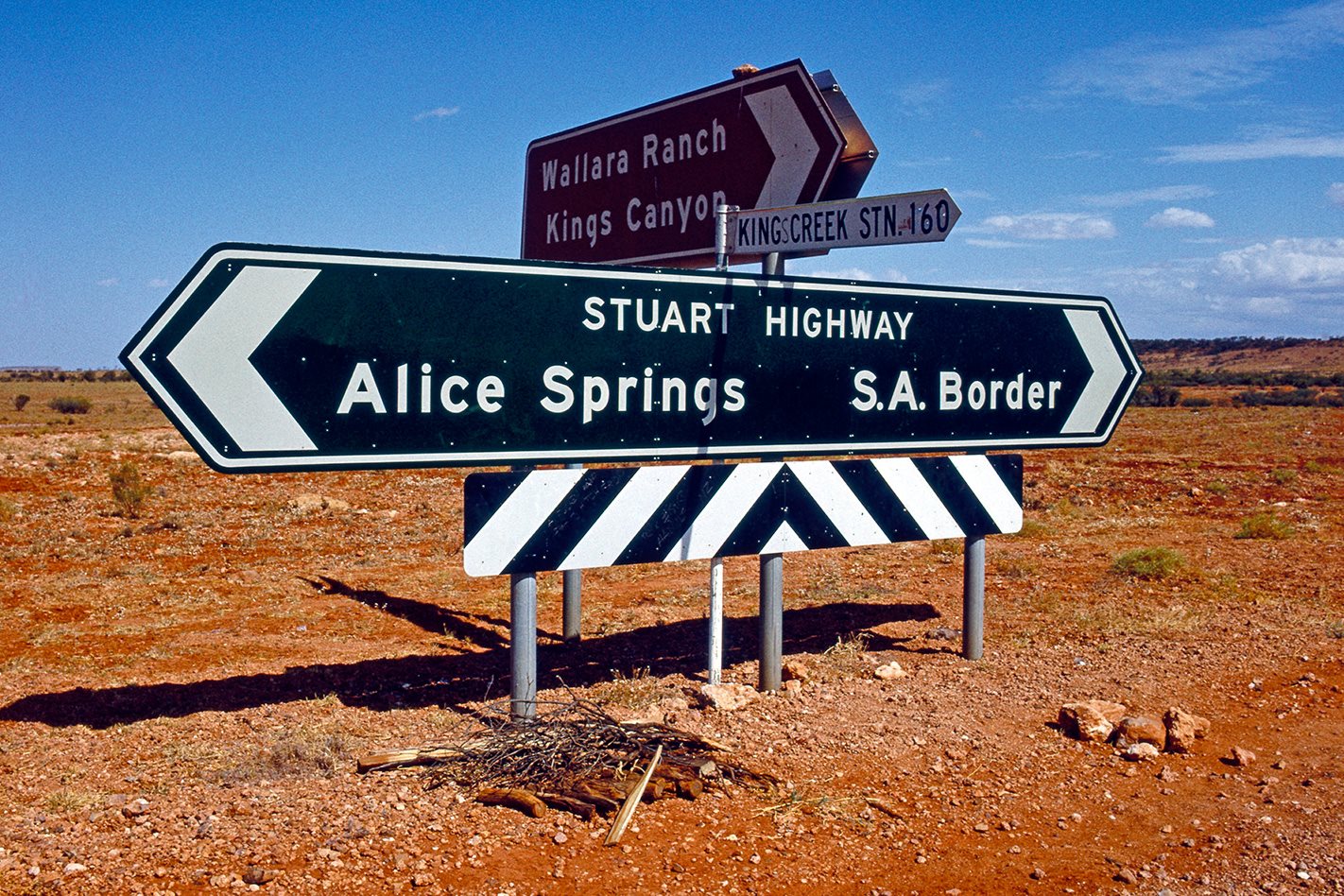THIS week, Carlos Ghosn, Nissan’s CEO and Chairman, announced his decision to step down from the helm of the Japanese manufacturer, effective April 1 this year. His right-hand man Hiroto Saikawa will take over, but why is Ghosn’s departure significant?
Masterminding the Renault-Nissan Alliance is perhaps his greatest legacy, and his career is regarded as a prime example of how a modern CEO of a global auto manufacturer should operate. Ghosn transformed two automakers from economic basketcases into one motoring powerhouse.
Ghosn’s life story could easily fill a book – and it already has – but here’s the Wheels abridged version of why Carlos Ghosn commands hefty respect in the auto industry.
BEGINNINGS
Born in Brazil to parents of Lebanese extraction, Ghosn spent his early life and schooling at opposite ends of the globe before graduating university in Paris with a Bachelor of Engineering tucked under his arm, and fluency in Arabic, English, French an Portuguese.
Stable employment at French tyre brand Michelin gave Ghosn strong roots in Europe, before he was sent back to South America to become Chief Operating Officer of Michelin’s then-unprofitable South American branch. Within two years he had Michelin South America solvent again, and a reputation for turning money-losing operations around had been cast.

Eventually Renault knocked on Ghosn’s door dangling an Executive VP role that would put him in charge of, among other things, research, engineering, powertrains, manufacturing and purchasing. Like Michelin South America before it, the Renault of the mid-1990s was in steep financial strife – yet with Ghosn’s guiding hand, the French automaker got back in the black in 1997.
The experience earned him the nickname that would define his style: “Le Cost Killer”. It would also prepare him well for his most challenging task yet – reviving the flat-lining Nissan brand.
NISSAN
By the end of the 1990s a combination of wasteful corporate behaviour and the impact of the Asian financial crisis had destroyed Nissan’s balance book, putting it 2 trillion yen in the red (AU$42.5 billion in today’s money). Global sales and market share were plummeting as well.
Nissan’s long-standing practice of sourcing parts from thousands of small-volume suppliers – many of them small family enterprises scattered across Japan – was partly to blame for Nissan’s huge overheads, as was the proliferation of Nissan-badged products that competed against each other in the showroom. The bulk of these models were sold only in the Japanese domestic market, further reducing their ability to pay back the cost incurred by their design and development. Out of the 43 model lines Nissan had in 1999 only four were actually profitable, and Nissan was haemorrhaging money at an astonishing rate.
Development lead times were another bugbear. Cars would often launch in the Japanese market over a year – sometimes more – before going on sale in other countries, by which time the cars were no longer competitive. Nissan’s brand image was suffering.
Ghosn would change that. The Renault-Nissan Alliance officially came into being in March 1999, with the French automaker purchasing a 36.8 percent stake in Nissan.
But though Renault’s ownership of Nissan would eventually rise to 43.4 percent, the deal between the two companies was not a traditional merger or acquisition. Nissan also holds a 15 percent share of Renault, with the cross-ownership encouraging the management of both companies to work in the best interest of the other.

Not that they would have much choice anyway: Ghosn was appointed both CEO and Chairman of the Renault-Nissan Alliance, in addition to being top dog at Renault and Nissan.
Being a foreign head of a Japanese company as old as Nissan came with its own set of cultural challenges, but it also afforded Ghosn the liberty to disregard traditions and customs that got in the way of doing business. The parts supply network was one of the first areas to get shaken up, with the total number of suppliers being slashed from 1145 to around 600.
Rapid product changes and the arrival of more expatriate executives from Renault heralded more changes for Nissan. Three assembly plants and two engine factories went to the gallows as well, resulting in around 20,000 layoffs.
But at the end of 2001, Ghosn’s Nissan Revival Plan had worked. Not only had the Japanese automaker returned to profitability, but the company had achieved its highest yearly profit of all time by the end of the 2001 fiscal year. Overall debt had also dipped to its lowest level in 24 years.
Nissan has since gone from being 2 trillion yen in debt to having 1.5 trillion yen in cash, while its employee headcount has doubled since the period after Ghosn’s factory cuts. In pure business terms, the Nissan Revival Plan has been near miraculous.
The turnaround was a success, with much of the credit going to Ghosn. Nissan had to wave goodbye many workers as factories were shuttered, but the result was a company that was stronger than before. And despite the pain and sacrifice, Ghosn earned the respect of the Japanese for helping preserve one of the country’s industrial icons – so much so, a comic book in Japanese manga style was published about him.
In the years since, Nissan’s strength also proved to be a crutch for Renault. Platform and powertrain sharing helped both companies achieve economy of scale, while both companies still enjoy some degree of independence. Drive comparable Nissans and Renaults back-to-back, and there’s still a profound difference in flavour.
Ghosn was also the driving force behind the development of the 350Z and the Nissan R35 GT-R, prestige projects that weren’t necessarily profit-makers, but helped inject some much-needed desirability to the Nissan badge to aid its recovery.
While the Daimler-Chrysler merger – which was formalised in 1998 – fell apart in 2007, Ghosn’s strategy of pursuing an alliance rather than an outright merger had more longevity. According to Ghosn, with a greater emphasis on collaboration rather than ownership, both Nissan and Renault would enjoy greater health in the long term than if one had acquired the other outright.
Many industry watchers agree.
THE FUTURE
Carlos Ghosn, the multi-lingual, multi-cultural business maestro, may be exiting the corner office at Nissan, but he’ll retain top slot at both Renault and the Alliance. He’ll also be keeping a keen eye on Mitsubishi Motors as its Chairman, a position he’s held since Nissan acquired a 34 percent stake in the company in October last year.
Like Nissan before it, Mitsubishi has been struggling in recent years. The general expectation is that Ghosn’s knack for performing business miracles will be repeated once more. Watch this space.





